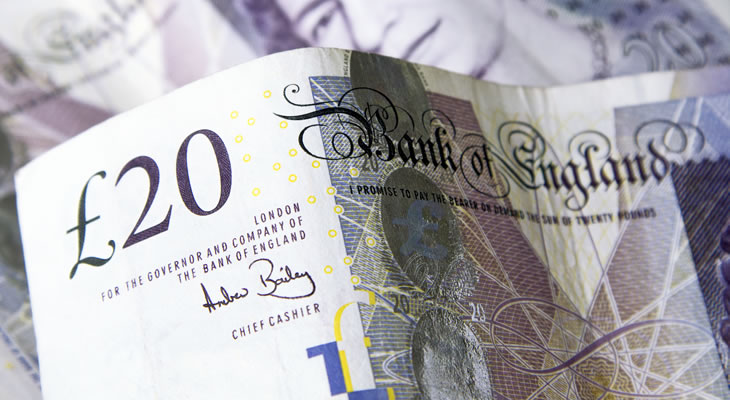Monday and Tuesday saw the Pound to Euro exchange rate fall back from its 1.17 highs due to underwhelming UK PMI results and rising fears that Britain’s services sector had also experienced an unexpected slowdown.
After trending in the region of 1.17 throughout the weekend and most of Monday’s European session, GBP EUR fell down around 1.16 on Tuesday as investors continued to sell it.
Monday saw the publication of Markit’s UK manufacturing results from March, which were projected to improve from 54.6 to 55.1. However, they instead worsened from a revised 54.5 to 54.2.
Tuesday’s session followed with Britain’s construction PMI for March. It was expected to slip only slightly from February’s 52.5 to 52.4, but instead fell to 52.2.
While UK construction stats are typically low influence, the double whammy of worse than expected manufacturing and construction results in March worsened market concerns that Britain’s key services sector could also disappoint when it comes in on Wednesday.
Analysts currently predict services will have improved slightly from 53.3 to 53.5 in March, but if services unexpectedly worsen like manufacturing did the Pound could shed even more of last week’s gains.
This is because services account for a considerable amount of Britain’s Gross Domestic Product (GDP).
Recently, concerns have risen that GDP will slow throughout 2017 as UK consumers rein in spending to avoid rising inflation and to cope with slower wage growth.
A worse-than-expected services report in March will worsen concerns that inflation is affecting UK consumer activity quicker than expected. Some analysts may even see this as cause to notably downgrade their 2017 UK growth forecasts.
This is why Britain’s PMIs this week are so vital to mid to long-term Pound Euro exchange rate forecasts. Even if early Brexit negotiations go well, Sterling’s best 2017 performance will be held back if Britain’s economic activity shows consistent signs of slowing this year.
This week the Euro has performed better than the Pound so far, as recent Eurozone ecostats paint a more optimistic picture about the bloc’s economic outlook.
Markit’s March manufacturing PMIs for Germany and the Eurozone met expectations at 58.3 and 56.2 respectively. This was Germany’s best manufacturing stat since 2010 and the Eurozone’s best overall since April 2011.
The Eurozone’s February unemployment rate improved from 9.6% to 9.5% as expected and Tuesday’s Eurozone retail sales from February came in well above expectations. Monthly retail sales improved from 0.1% to 0.7% and the yearly print from 1.5% to 1.8. What’s more, the previous figures were revised higher from -0.1% and 1.2% respectively.
This week’s optimistic Eurozone data could offset some of the concern from last week’s poor inflation data. However, more data from the months ahead will be needed to paint a bigger long-term picture of Eurozone economic movement.
At the time of writing this article, the Pound to Euro exchange rate trended in the region of 1.16. The Euro to Pound exchange rate trended at around 0.85.


Comments are closed.